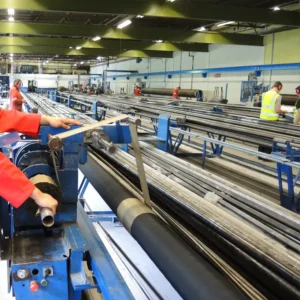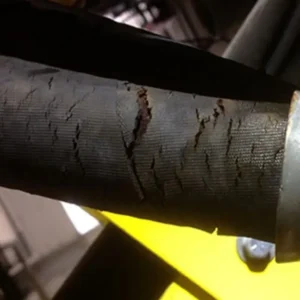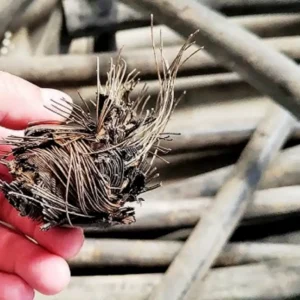Hydraulic hose brackets are often overlooked components in hydraulic systems, yet they play a crucial role in ensuring the safety, efficiency, and longevity of these systems. These seemingly simple devices are responsible for securely holding hydraulic hoses in place, preventing them from chafing, kinking, or otherwise becoming damaged.
In this blog post, we will delve into the world of hydraulic hose brackets, exploring what they are, how they work, and why they are essential for optimal hydraulic system performance.
What Are Hydraulic Hose Brackets
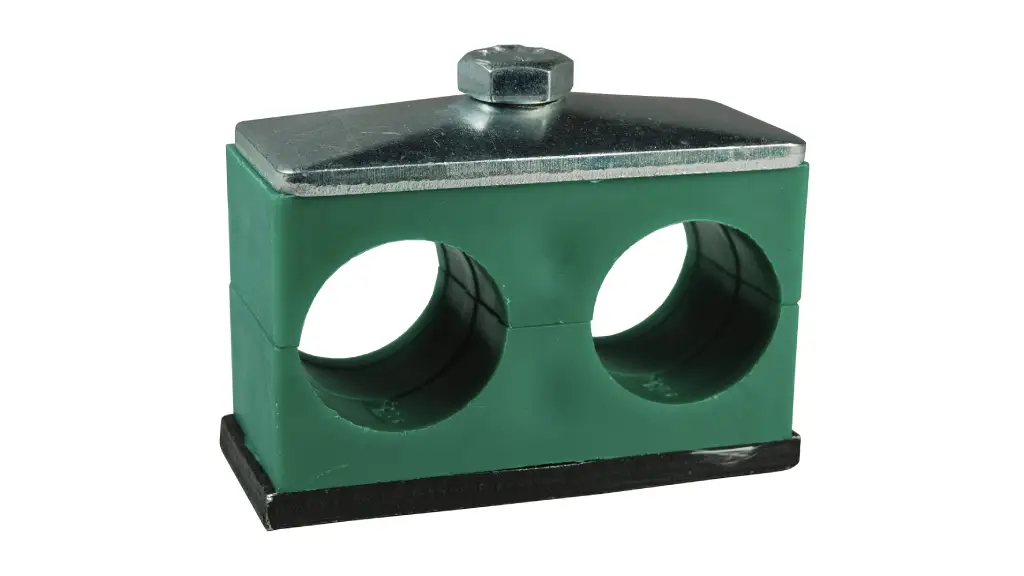
Hydraulic hose brackets are essential components in hydraulic systems that are designed to securely support and protect hydraulic hoses. These brackets are typically made of metal, such as steel or aluminum, and are available in various sizes and configurations to accommodate different hose diameters and mounting requirements.
What Are Hydraulic Hose Brackets Made of
Hydraulic hose brackets are typically made from durable metals such as:
- Steel: A common choice for its strength and durability.
- Aluminum: A lighter-weight option, often used in applications where weight reduction is important.
- Stainless Steel: A corrosion-resistant material, ideal for harsh environments.
The specific material used depends on the application, the level of stress the bracket will endure, and the environmental conditions it will be exposed to.
What Are Hydraulic Hose Brackets Used for
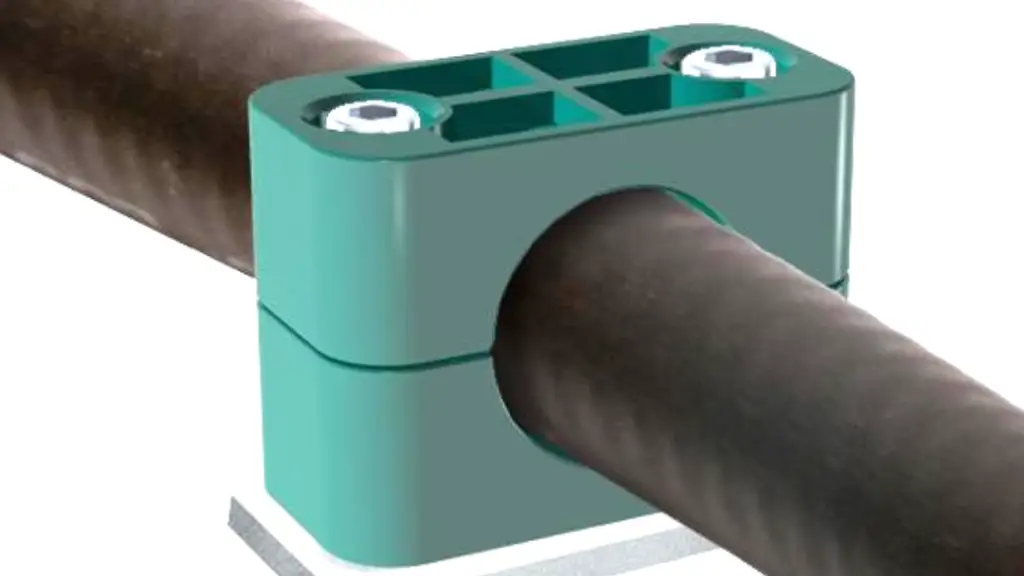
Hydraulic hose brackets are used to secure, protect, and organize hydraulic hoses in various applications. They play a crucial role in ensuring the safety, efficiency, and longevity of hydraulic systems.
Here are some of the key uses of hydraulic hose brackets:
- Preventing Hose Damage: Brackets help prevent hoses from kinking, twisting, or chafing, which can lead to leaks and system failures.
- Ensuring Proper Hose Alignment: Brackets maintain the correct alignment of hoses, reducing stress on fittings and preventing premature wear.
- Improving System Efficiency: By minimizing hose movement and vibration, brackets contribute to a more efficient and reliable hydraulic system.
- Enhancing Safety: Well-supported hoses reduce the risk of accidental disconnections or leaks, which can lead to serious injuries or property damage.
Hydraulic hose brackets are commonly found in various industries, including:
- Construction Equipment: Excavators, bulldozers, cranes, and other heavy machinery rely on hydraulic hose brackets to protect their hoses from damage and ensure optimal performance.
- Agricultural Equipment: Tractors, combines, and other agricultural machinery use hydraulic hose brackets to secure hoses and prevent leaks in harsh outdoor environments.
- Industrial Machinery: Manufacturing equipment, such as presses, lathes, and robots, often use hydraulic hose brackets to protect hoses from damage and ensure reliable operation.
- Automotive Industry: Hydraulic hose brackets are used in automotive manufacturing and repair to secure hoses in various applications, such as brake systems and power steering systems.
By using hydraulic hose brackets, you can significantly improve the safety, reliability, and efficiency of your hydraulic system.
Types of Hydraulic Hose Brackets
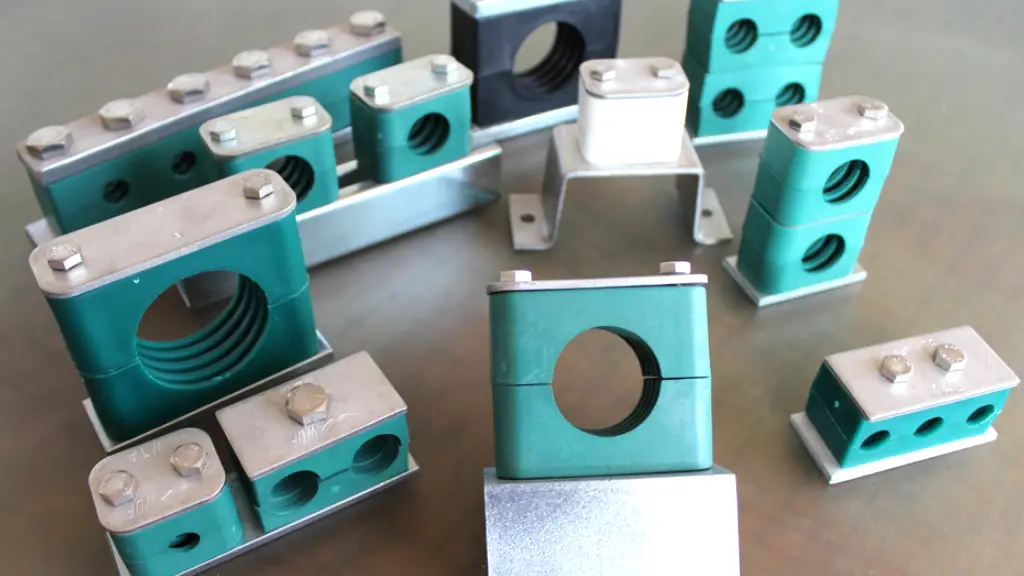
Here are the common types of hydraulic hose brackets:
1. Strap-Style Brackets:
- Versatile and easy to install.
- Use a strap to secure the hose to a surface.
- Suitable for various hose diameters and mounting surfaces.
2. U-Bolt Brackets:
- Provide a strong and secure hold on the hose.
- Use a U-shaped bolt to clamp the hose to a surface.
- Ideal for heavy-duty applications and high-pressure hoses.
3. Weld-On Brackets:
- Offer a permanent and robust mounting solution.
- Welded directly to a surface, providing maximum stability.
- Suitable for stationary applications where frequent removal is not required.
4. DIN Rail Brackets:
- Specifically designed for mounting on DIN rails.
- Commonly used in control panels and industrial automation systems.
- Provide a clean and organized installation.
5. Custom Brackets:
- Can be fabricated to meet specific requirements.
- Ideal for unique applications or complex installations.
- Offer flexibility in design and mounting options.
When selecting a hydraulic hose bracket, consider the following factors:
- Hose Diameter: Ensure the bracket is compatible with the hose size.
- Mounting Surface: Choose a bracket suitable for the mounting surface (e.g., steel, aluminum, concrete).
- Environmental Conditions: Select a bracket that can withstand the operating environment (e.g., temperature, moisture, chemicals).
- Vibration and Shock Loads: Consider the level of vibration and shock the hose will experience.
By carefully selecting and installing the appropriate hydraulic hose bracket, you can protect your hoses, improve system performance, and enhance safety.
How to Install Hydraulic Hose Brackets
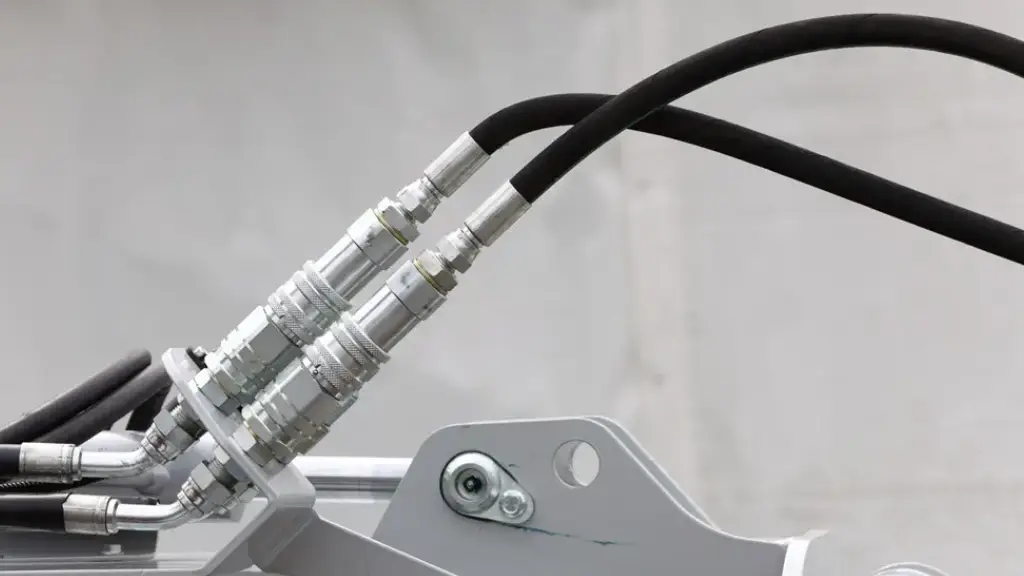
Installing hydraulic hose brackets involves several steps:
- Selecting the Right Bracket: Choose a bracket that is compatible with the diameter of your hose, the mounting surface, and the environmental conditions.
- Measuring and Marking: Measure the distance between the mounting points and mark the locations where the bracket will be installed.
- Mounting the Bracket: Secure the bracket to the mounting surface using screws, bolts, or clamps, depending on the type of bracket.
- Positioning the Hose: Carefully position the hose within the bracket, ensuring that it is not kinked or twisted.
- Securing the Hose: Tighten the straps or clamps on the bracket to hold the hose securely in place.
- Checking for Leaks: After installation, inspect the connections for any leaks. If there are any leaks, tighten the fittings or replace any damaged seals.
Here are some additional tips for installing hydraulic hose brackets:
- Clean the Mounting Surface: Before installing the bracket, make sure the mounting surface is clean and free of debris.
- Use the Correct Tools: Use the appropriate tools for the job, such as wrenches, screwdrivers, and pliers.
- Follow the Manufacturer‘s Instructions: Always refer to the manufacturer‘s instructions for specific installation guidelines.
- Inspect the Bracket Regularly: Periodically inspect the brackets for signs of wear or damage and replace them as needed.
By following these steps, you can safely and effectively install hydraulic hose brackets to protect your hoses and ensure the reliable operation of your hydraulic system.
Conclusion
Hydraulic hose brackets are essential components in hydraulic systems, ensuring the safety, efficiency, and longevity of your equipment. By understanding their purpose and functionality, you can make informed decisions about their selection and installation.
Ready to upgrade your hydraulic system?
Gushan rubber offers a wide range of high-quality wholesale hydraulic hoses to meet your specific needs. Our products are designed to withstand demanding conditions and provide optimal performance.
Contact us today to learn more about our products and services.

